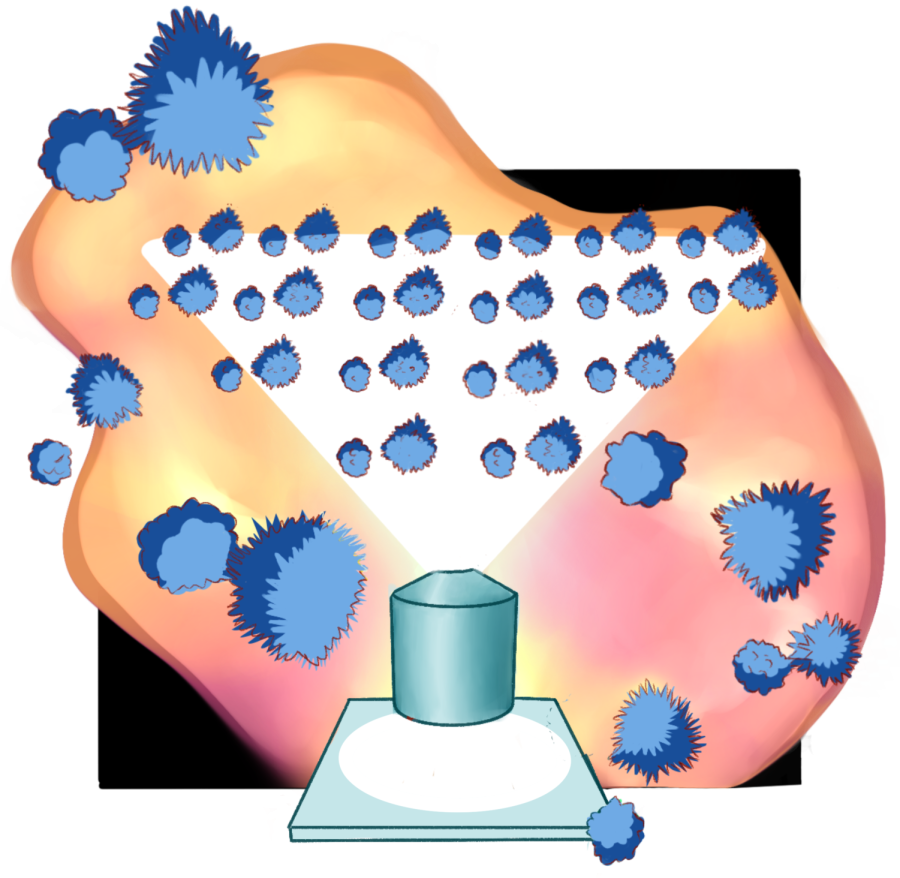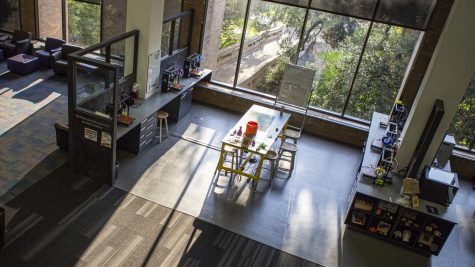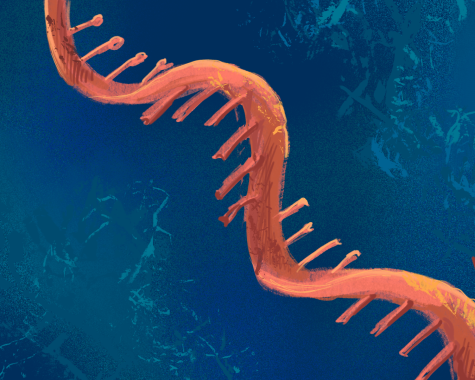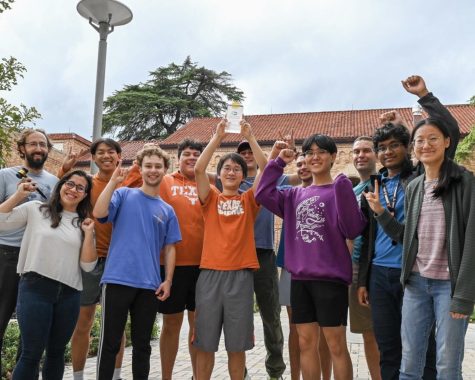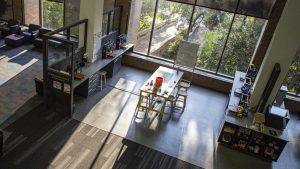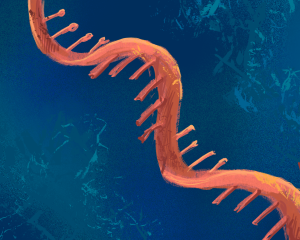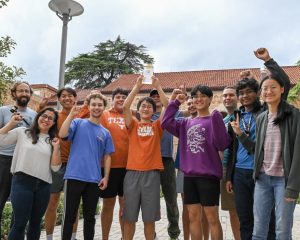UT researchers receive grant to create technology for cellular bonding studies
January 11, 2023
UT researchers received a $1.5 million grant from the National Institutes of Health to create technology to study how cells interact with each other to aid in creating therapies for viruses.
Hongru Ding, a mechanical engineering graduate student and member of the research team, said the team is using laser beams to make two cells have contact with one another and measure the interaction strengths of the forces between them.
“The ability of a cell to attack a virus is determined by interaction strengths,” said Yuebing Zheng, the principal investigator of the study. “The capability to quantify these interactions will enable us to understand how viruses attack our bodies and design better drugs to respond to viruses.”
Zheng, an associate professor in mechanical engineering, said researchers typically use a method in which they bring together two cells multiple times and analyze the frequency with which the cells attach to one another.
However, Zheng said this method is bulky and inefficient as it can only measure one pair of cells at a time. Zheng said in a clinical situation, millions of cells may need to be screened, and his team is focusing on making the system simpler and user-friendly.
Ding said the current mechanical method may cause contamination.
To measure a bonding force, scientists traditionally use micropipetting to make the cells contact and release, but this project uses laser beams for contact-free manipulation.
Ding said the team has a unique advantage with their technology because they have the capability to rotate the cell, which allows the researchers to more accurately measure the adhesion forces between the cells.
Zheng said he hopes to develop a device that’s as easy as using an iPad and is able to measure as many cells as possible in a limited amount of time.
Zheng said the ongoing research can be used to better understand vaccines or for clinical applications such as drug screenings.
“One of the motivations behind our work is to translate engineering knowledge and scientific discovery into the tools that can help us attack the most challenging health issues,” Zheng said.

